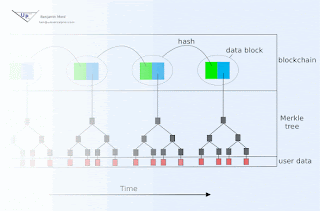I see RFC 2119 terms like MUST, SHOULD, and MAY used in acornics protocol specifications, such as the BOLTS defining the lightning network protocol. This scares me.
A basic premise of acornics is that node behavior must always be only as the operator most desires. The terms in RFC 2119 presume an external source of authority which simply does not exist. What MAY a node do? Whatever it damn well pleases!
The terms of RFC 2119 may indeed prove useful long term. But at the very least, their definition requires much elaboration. In particular, the onus to prove correct usage of a term must rest entirely with the author, in that every term beyond a MAY must find explicit reference to the reason one should want to adhere.
